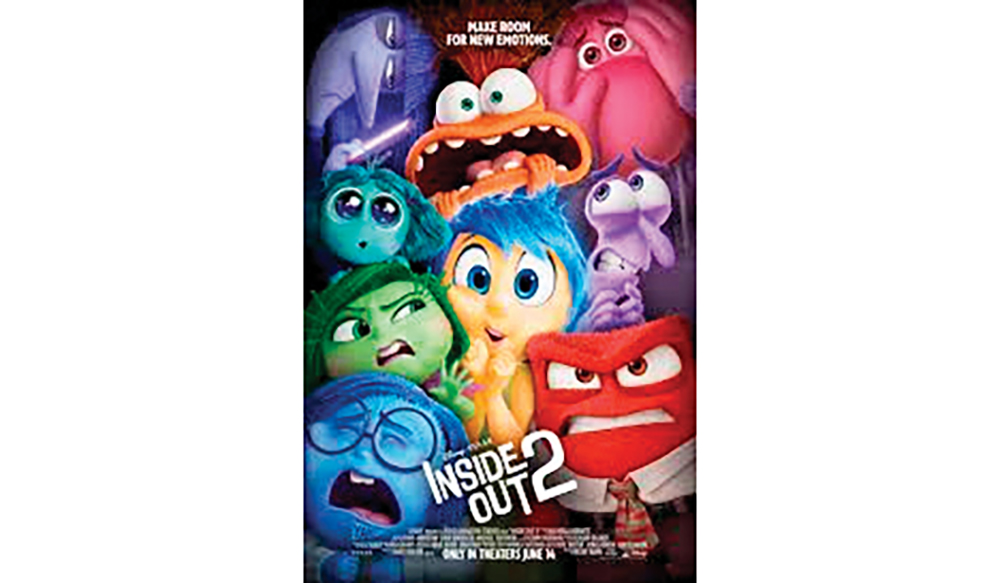
Recently, I took my children to see “Inside Out 2” with a mix of anticipation and concern. As a parent, I worried that Pixar could either succeed in enhancing emotional literacy or inadvertently mishandle such a delicate subject within the span of one hour and 36 minutes. Much to my delight, the film not only revisited the protagonist Riley’s core emotions—Joy, Sadness, Fear, Disgust and Anger—but also introduced four new emotions that emerge during adolescence: Envy, Ennui, Embarrassment and Anxiety.
What stood out most was how accurately the movie portrayed the complex interactions between these emotions—scenes where suppression, conflict and confusion played out in ways both children and adults could understand—laying the foundation for meaningful discussions about the role of emotions in shaping our perceptions of reality and guiding our decision-making.
I was particularly impressed by the depiction of Anxiety, which wasn’t merely cast as a villain but as a protector fiercely dedicated to safeguarding the main character, Riley. This nuanced portrayal highlights Anxiety’s essential role in our lives: In appropriate doses, it keeps us aligned with our goals and values, preventing us from making hasty or ill-advised decisions.
The personification of these emotions, coupled with their dynamic interplay with Riley, offers viewers a concrete understanding of our own emotional landscapes. It provides a language to articulate and discuss what might be happening inside our minds and hearts—a valuable tool for both children and adults alike.
Pixar has once again delivered a film that resonates and educates, enriching our conversations about emotions and mental health in a compelling and accessible way. Do yourself a favor and get to the movies for this one.
Brian Pollack, LCSW, CEDS-S is an adjunct professor at Yeshiva University, certified eating disorder specialist and owner of Hilltop Behavioral Health. His work encompasses advocacy, national keynote presentations and continued education surrounding the treatment and prevention of eating disorders.








